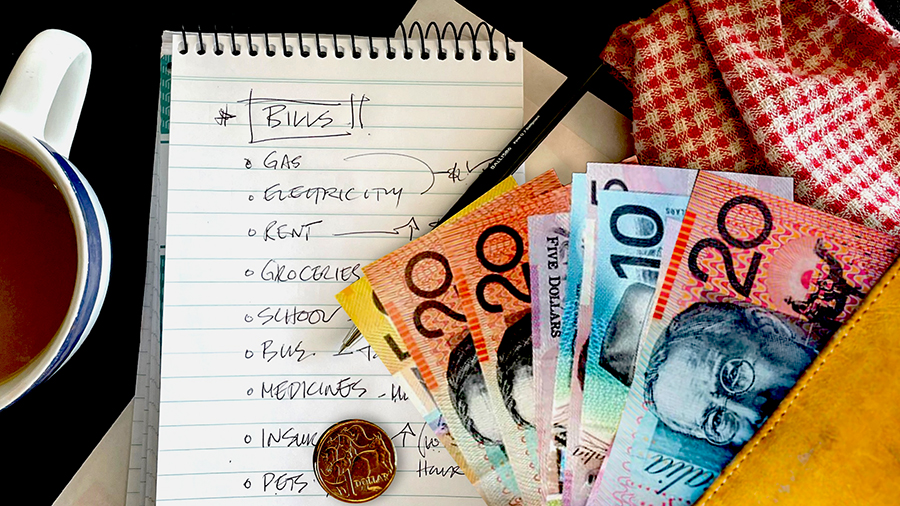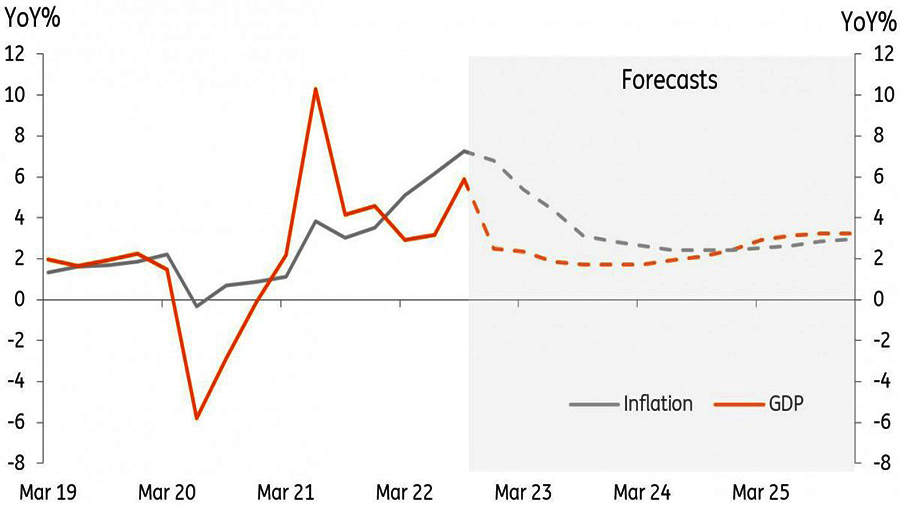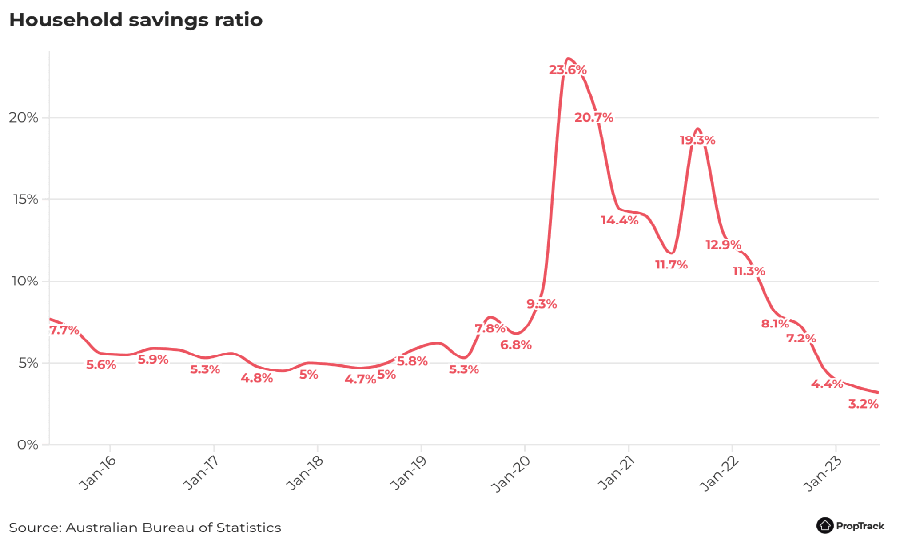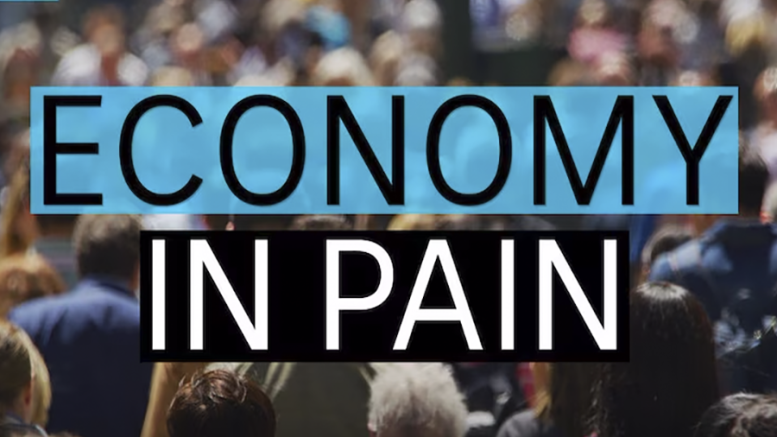Contributed by Joe Montero
We are constantly told that the economy is sound and set for future growth, even if there are a few problems on the way. Saying this isn’t true is not wishing the opposite. Almost all of us are affected when the economy goes pear shape. In fact, although the economy may not be at the point of collapse, it is faltering. If we look at it from the per capita viewpoint, that is in terms of population growth and how much according to each of us, it is in decline. One can say the economy is in pain.

The dominant economic ideology insists that the market fixes all and the only really legitimate role of government is to talk it up and uplift expectations. It is positive expectations that will uplift the market.
Wishing everything is going well does nor change the reality that Australia must face up to.
This is reality defying nonsense, ignoring the long-term trend, characterised by the decline of manufacturing and rise of parasitic finance, the increasing debt, the loss and casualisation of jobs, plus a cost of living crisis.
Let’s not forget that the value of the Australian dollar continues to fall. It remains weak relative to major trading partners. The main impact is to make imports more expensive and returns for exports to be subdued. These problems have been accompanied by growing monopolisation of the economy and the growth price fixing practices by the biggest corporations.
No amount of wishful thinking changes any of this. So, despite all the hype, Australia saw economic growth drop by 0.3 compared to the previous quarter to only 2.1 growth of official Gross Domestic Product (GDP). Given that the population grew by 0.7 percent over the year, the 0.4 percent per capita year’s growth of GDP is miserable. Even just considering the nominal GDP, this has now dropped for two consecutive quarters, and 2.4 percent for the year, continuing a decade’s poor performance an even longer-term downward drift.
The graph below shows past and projected GDP and inflation. Predictions by financial institutions had already predicted a downturn, which has proved to be larger than expected.

Were it not for still inflated property prices, the debt held by the banks and other operators in the financial system, existing government spending on infrastructure, and despite the fall in price, gains made from fossil fuel exports, there would have been virtually no growth at all.
The numbers above may not seem to be such a big deal. But this should be seen in the context of inflated growth based on the expansion of the non-productive economy and not the real economy. Add to this that the quarter’s contraction lies up with the long-term trend.
The biggest contributor to growth over the period has been the post covid boost in inbound international tourism. This grew by 18.5 percent. There was also a 12.1 percent boost in the export of services, mainly courses for foreign students. Add continuing investment in the property bubble despite the recent fall in prices, government infrastructure spending, and the export of fossil fuels.
Instead of acknowledging this, blame for the last quarter’s lack of performance is put on a less than expected growth of the Chinese economy. Exports in iron ore have been affected in the short run, but not enough to explain the extent of the problem. The truth is that most of this is about engineered fall of investment in the property bubble in China, and the loss of international trade because of problems in the global economy and trade sanctions imposed by other countries.
Australia’s situation is home made. The dip in the exchange rate of the Australian Dollar, now at 63.8 US cents, is a good indicator of this. Economists expect that the mini boost from the ending of the damage caused by COVID interruptions to business, and that the economy will perform more poorly in the year to come. The government has publicly admitted this.
Another is the falling savings ratio of Australian households. They are having to spend more to maintain the same position when the rea value of their income is falling and higher inflation is now an ongoing reality.

“While we have been clear and upfront that we expect our economy to slow considerably over the next year,” said the treasurer Jim Chalmers.
Australia’s long-term trend will not change unless its causes are tackled. They won’t be tackled until there is a recognition that answers must be found to the real causes through a national economic revival plan. This must involve a range of initiatives that will direct investment into where it is most needed in the real economy, and the introduction of a new progressive taxation system, plus a super profits tax to raise the needed funds, are part of what is necessary.
Australia must start calling for a plan that involves government abandoning the old ideology and accepting that it must be the leading force in bringing about the change needed, and doing this is a way that unites society by fostering its willing participation.


Such reflects the purpose of the neolieralism and anti-humanitarianism so beloved b6 both the LNP and by Labor since Hawke.
There will be no improvement until protectice doughnut economics becomes the norm throughout Australia